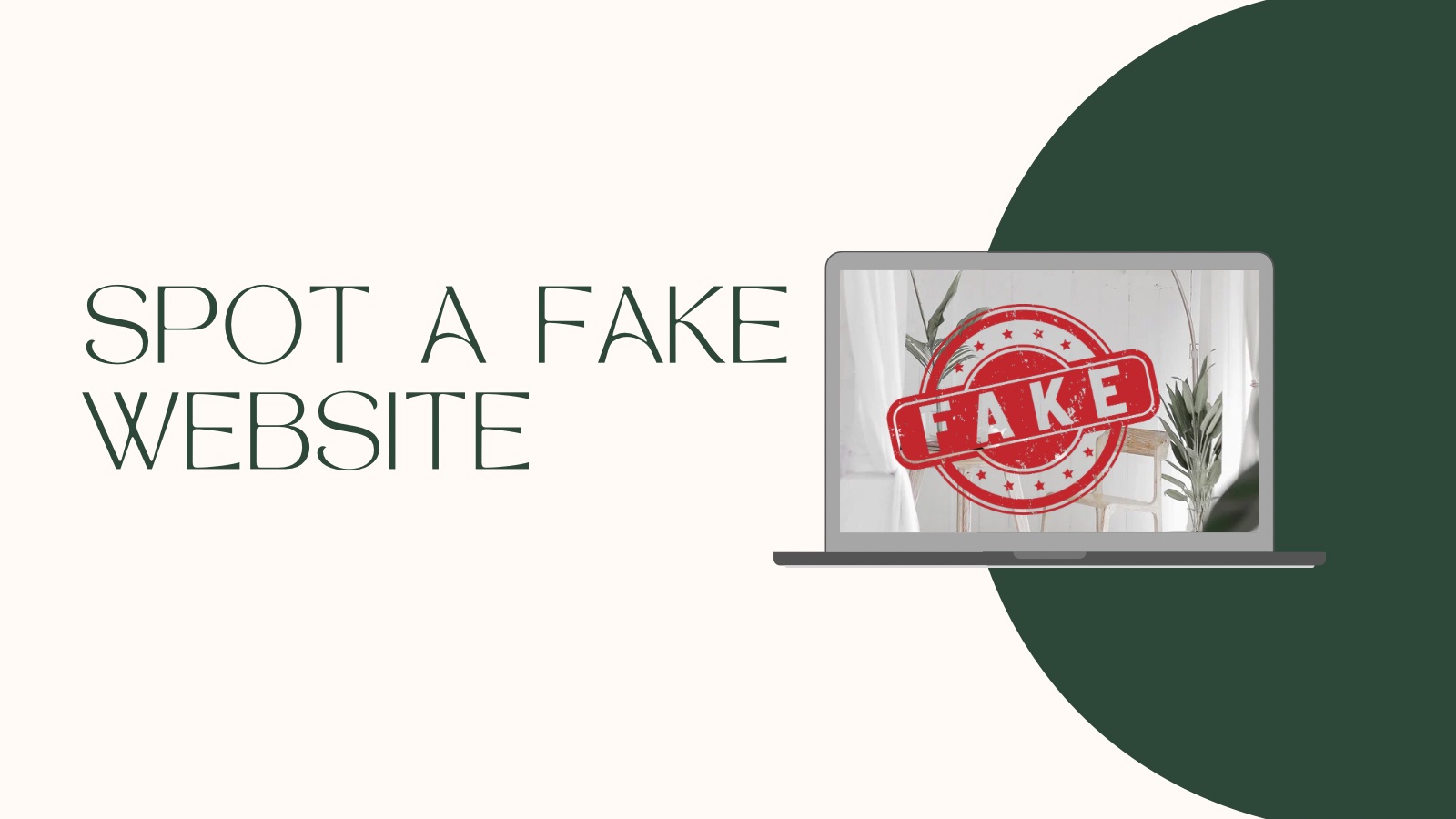The internet makes shopping and banking easier than ever, but it also comes with risks. Fake websites are designed to trick people into giving away personal details or money. The good news is, there are simple ways to spot them before you get scammed. This article will help you identify these fake platforms to save yourself.
Spotting a Fake Website
To begin with, always check the website address carefully. Scammers often create domains that look almost identical to real ones, such as swapping letters or adding extra words. A secure site should also use HTTPS and show a padlock in the browser bar.
The next thing is to pay attention to the design and content. Many fake sites look unprofessional, with blurry images, broken layouts, or lots of spelling mistakes. If it looks rushed, that’s a red flag.
Legitimate businesses will also provide real contact details. Look for a physical address, phone number, and customer service email. If this information is missing or doesn’t seem genuine, be cautious.
Another warning sign is unrealistic offers. Fake websites often advertise luxury items at huge discounts or push “too good to be true” deals. If it feels suspicious, trust your instincts.
It’s also smart to check if the site has a privacy policy and terms of service. Real businesses take the time to include these pages, while scam sites may skip them or copy them poorly.
Before making a purchase, do a quick search for reviews of the website. See if other people have reported scams. You can also use tools like Google Safe Browsing or VirusTotal to check if the site is flagged as unsafe.
Conclusion
Staying alert online is the best protection. By taking a few extra minutes to check a site before entering personal or payment details, you can avoid falling victim to online scams.







